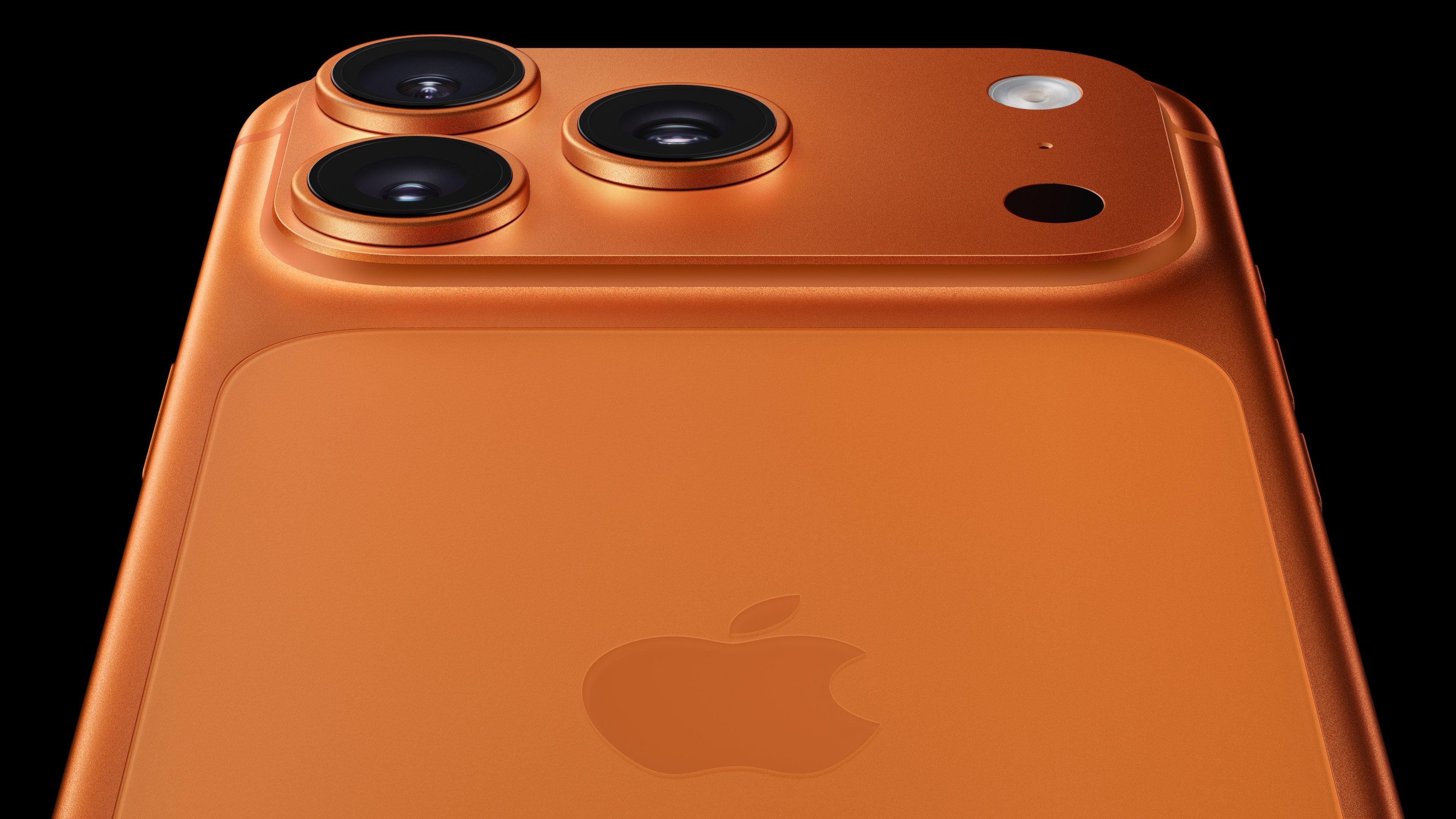The evidence continues to mount that Apple (AAPL +0.04%) is at long last preparing to ditch frenemy Samsung for Taiwan Semiconductor (TSM 4.20%). A fresh batch of rumors surfaced last month, with DIGITIMES (which has questionable accuracy) and The Wall Street Journal (which has a reputable track record) both chiming in with reports that the Mac maker is moving its foundry business to TSMC.
Shortly after the surest signs yet, investors now have another clue that the deal has indeed been sealed. TSMC reports its revenue on a monthly basis, and the largest contract chip manufacturer in the world just posted an all-time record month, with sales of $1.8 billion in June. That figure represents sequential growth of 4.3% and year-over-year growth of 24.3%.

Source: TSMC. Figures reported in New Taiwan dollars.
It's still too early to say for sure and this is far from conclusive proof, but the figure is another data point that points to a new partnership between the two companies. The sequential increase from May was just $75 million, hardly a game changer for either company. That's particularly small compared to how much Apple pays annually for foundry services, which is estimated to be between $5 billion and $6 billion, but the current increase could potentially be some early test runs. A previous DIGITIMES report believed early stage risk production was commencing in May or June ahead of mass production.
The WSJ had said that TSMC is preparing to ramp up 20-nanometer chip production for Apple in early 2014, which is when the Apple dollars should really start flowing in and be quite conspicuous. In 2012, TSMC generated $16.9 billion in revenue. On a trailing-12-month basis, that figure is up to $18.7 billion. If investors see TSMC's revenue jump by $5 billion to $6 billion in 2014, it will be rather obvious where that money's coming from.
DIGITIMES thinks that the first TSMC-made A8 processor will power the 2014 iPhone model, which probably won't hit the market until next fall. Once it does, investors can expect to find some true confirmation in the form of teardowns and component identifications from the likes of Chipworks and others.






